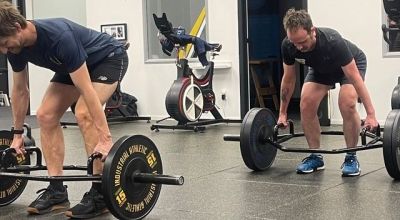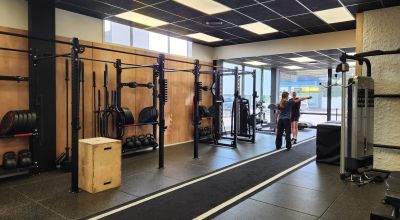Muscle injuries are among the most common injuries in sports, accounting for up to half of all sport-related injuries at the elite level.
Muscle strains most commonly occur within the hamstring, quadriceps and gastrocnemius (calf) muscles, as these muscles are exposed to the highest amounts of tension. Strains are graded from 1 to 3, with increasing grade suggesting a greater severity of injury, requiring longer recovery. A minor strain causing localised pain but no or minimal loss of strength is referred to a grade 1 injury. A grade 2 injury involves more of the muscle fibres, and is evident by greater pain, swelling and loss of strength. A complete tear of the muscle is classified as a grade 3 injury. Within these grades, are subclasses, depending on whether there is tendon or aponeurosis involvement.

How can Physiotherapy help?
Rehabilitation consists of a progressive program starting from the acute phase through to the athlete returning to sport. It is tailored to the individual, rather than a fixed time frame. Some athletes will recover faster than others depending on the risk factors for the injury, presence of scar tissue, haematoma, previous injuries and the sport they need to return to. There are five stages to rehabilitation of a muscle strain:
Stage 1 = The Acute Phase
Stage 2 = Improving Joint movement
Stage 3 = Power and Endurance
Stage 4 = Coordination, Agility, Sports skills
Stage 5 = Return to Sport
For more information give us a call ?
Related posts

Research shows that switching sports in the off-season is one of the best ways for 12–18-year-olds to boost performance, stay healthy, and keep sport fun

Here are a handful of reasons why integrating strength training into your running routine is a good idea

We know that the best recoveries don't happen in isolation - they happen when you have the right guidance and support








